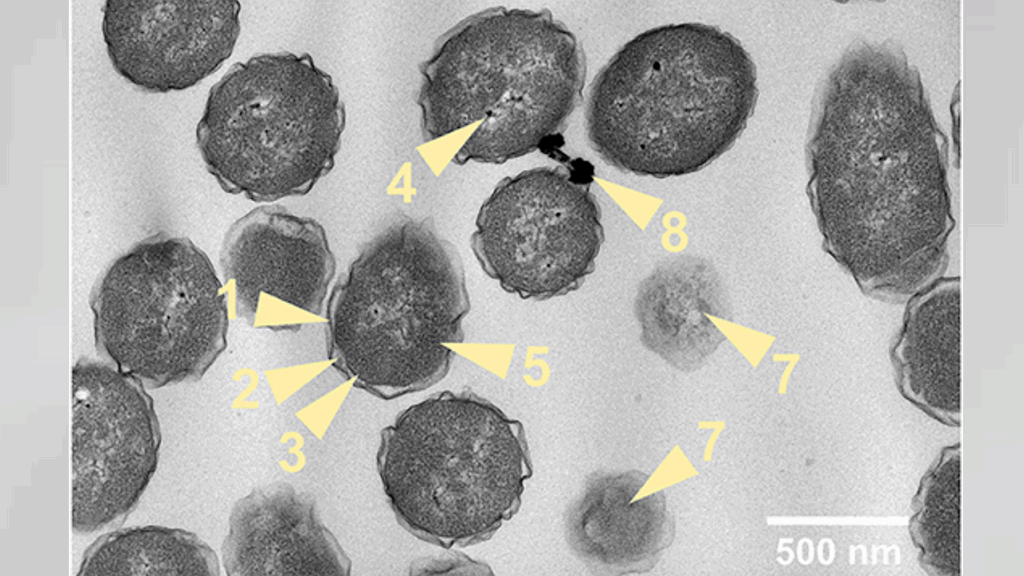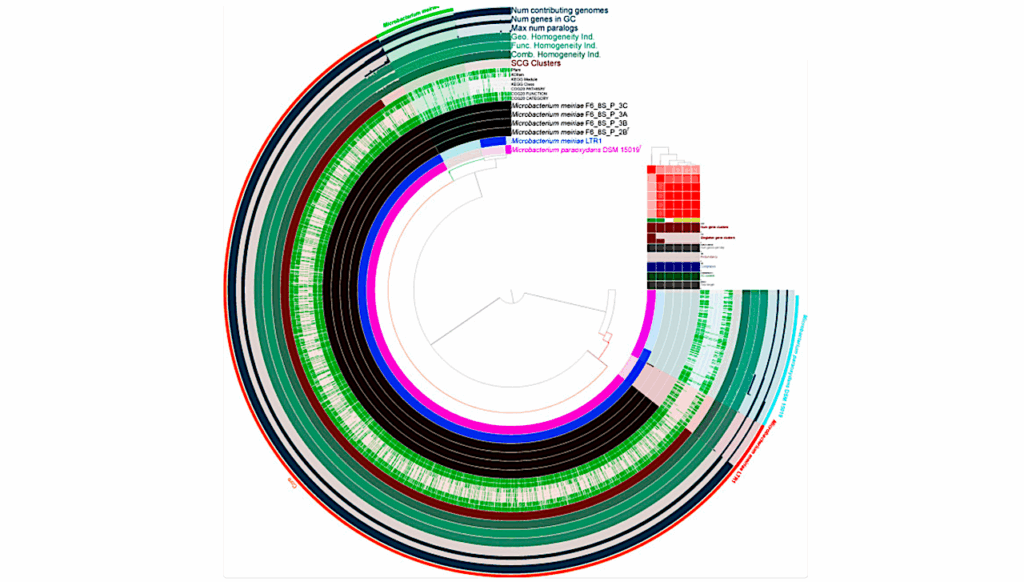A Model For The Emergence of RNA From A Prebiotically Plausible Mixture of Ribonucleotides, Arabinonucleotides and 2'-deoxynucleotides

The abiotic synthesis of ribonucleotides is thought to have been an essential step towards the emergence of the RNA world.
However, it is likely that the prebiotic synthesis of ribonucleotides was accompanied by the simultaneous synthesis of arabinonucleotides, 2′-deoxyribonucleotides, and other variations on the canonical nucleotides. In order to understand how relatively homogeneous RNA could have emerged from such complex mixtures, we have examined the properties of arabinonucleotides and 2′-deoxyribonucleotides in nonenzymatic template-directed primer extension reactions.
We show that nonenzymatic primer extension with activated arabinonucleotides is much less efficient than with activated ribonucleotides, and furthermore that once an arabinonucleotide is incorporated, continued primer extension is strongly inhibited. As previously shown, 2′-deoxyribonucleotides are also less efficiently incorporated in primer extension reactions, but the difference is more modest. Experiments with mixtures of nucleotides suggest that the coexistence of ribo- and arabino-nucleotides does not impede the copying of RNA templates. Moreover, chimeric oligoribonucleotides containing 2′-deoxy- or arabino-nucleotides are effective templates for RNA synthesis.
We propose that the initial genetic polymers were random sequence chimeric oligonucleotides formed by untemplated polymerization, but that template copying chemistry favored RNA synthesis; multiple rounds of replication may have led to pools of oligomers composed mainly of RNA.
Seohyun Chris Kim, Lijun Zhou, Wen Zhang, Derek K. O’Flaherty, Valeria Rondo-Brovetto, Jack W. Szostak
doi: https://doi.org/10.1101/813675
This article is a preprint and has not been certified by peer review
https://www.biorxiv.org/content/10.1101/813675v1
Astrobiology








